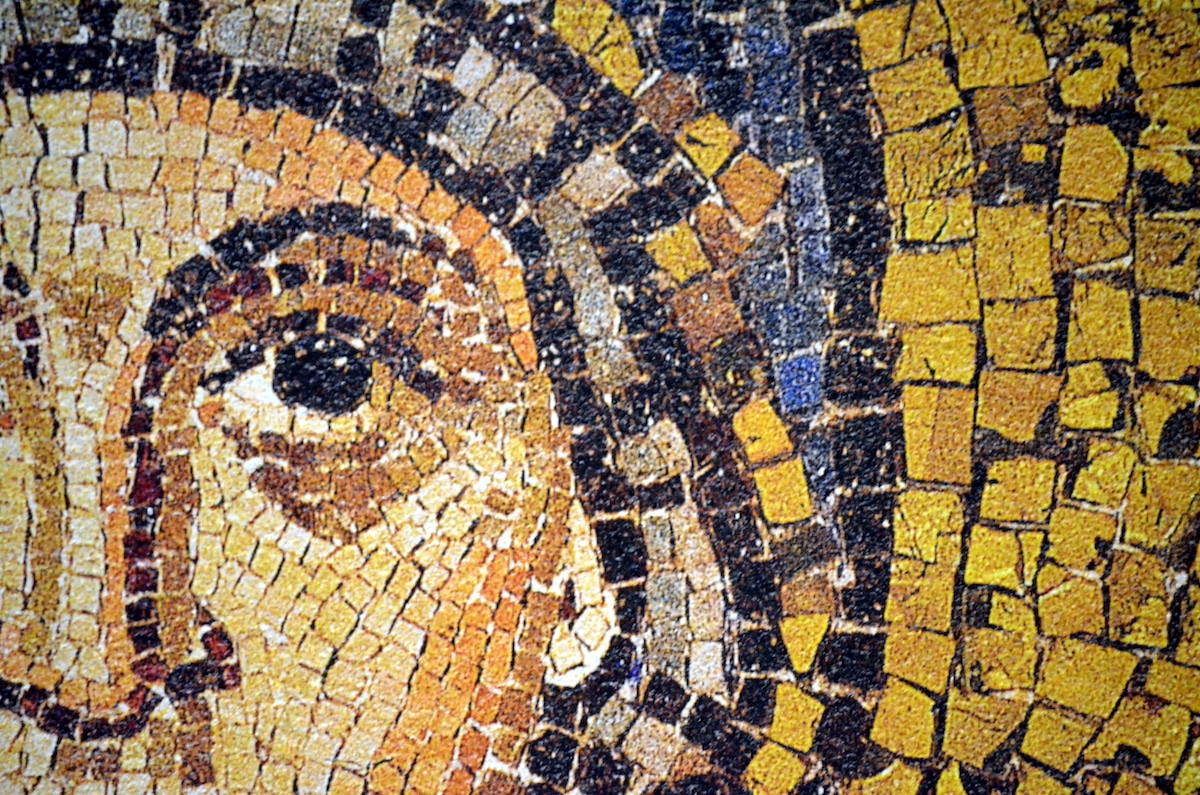Syria Dead Cities : Northern Syria Dead Cities are home to a stunning collection of Byzantine-era ruins that once formed the heart of a thriving rural civilization. Known collectively as the Syria Dead Cities, these ancient settlements offer a remarkable window into daily life during Late Antiquity. Scattered across rocky hills and olive groves, the Syria Dead Cities reveal the remains of churches, villas, bathhouses, and tombs — testaments to a world where faith, agriculture, and trade intertwined. Unlike the grand urban centers of the empire, the Syria Dead Cities reflect the quiet resilience and spiritual depth of the Byzantine countryside, standing today as silent witnesses to centuries of history.
Syria Dead Cities | Quick Info.
| Title | Era | Brief Info |
|---|---|---|
| Meskaneh مسكنة | Ancient to Islamic Period | A town by the Euphrates with strategic and economic importance since ancient Assyrian and Roman times. |
| Sinkhar سنخار | Roman to Byzantine Rural Era | Small village with archaeological interest related to agriculture and rural life in ancient times. |
| Kaluta كالوتا | Medieval Islamic Period | Near historical fortress (Qalaat Kaluta); strategic highland site for medieval defense. |
| Serqaniya سرقانيا | Roman to Ottoman | A village with Roman-Byzantine traces, known for mosaics and rural continuity through Islamic periods. |
| Burj Heidar برج حيدر | Ottoman Period | Watchtower village used for regional security and caravan monitoring; stone tower still visible. |
| Kafr Lab كفر لاب | Islamic Period | Agricultural village with traditional architecture and a role in supporting nearby urban centers. |
| Fafertin فافرتين | Medieval Period | Hilltop village with ruins of a fortress; offers insight into medieval rural defense strategies. |
| Basufan باصوفان | Islamic and Ottoman | Known for religious history, old mosques, and traditional Islamic learning centers. |
| Wadi Martahun وادي مرتحون | Prehistoric to Classical | A fertile valley with archaeological remains, including ancient settlements and burial grounds. |
| al-Dana al-Janoubiyeh الدانا الجنوبية | Classical to Islamic | Southern section of al-Dana archaeological zone; ruins of baths, markets, and domestic buildings. |
| al-Breij البريج | Islamic Period | Village of historical agricultural importance; contains remnants of irrigation and stone housing. |
| al-Dana al-Shamaliyeh الدانا الشمالية | Roman to Islamic | Northern area of historic al-Dana; rich in ruins of commercial buildings and ancient streets. |
Meskaneh مسكنة
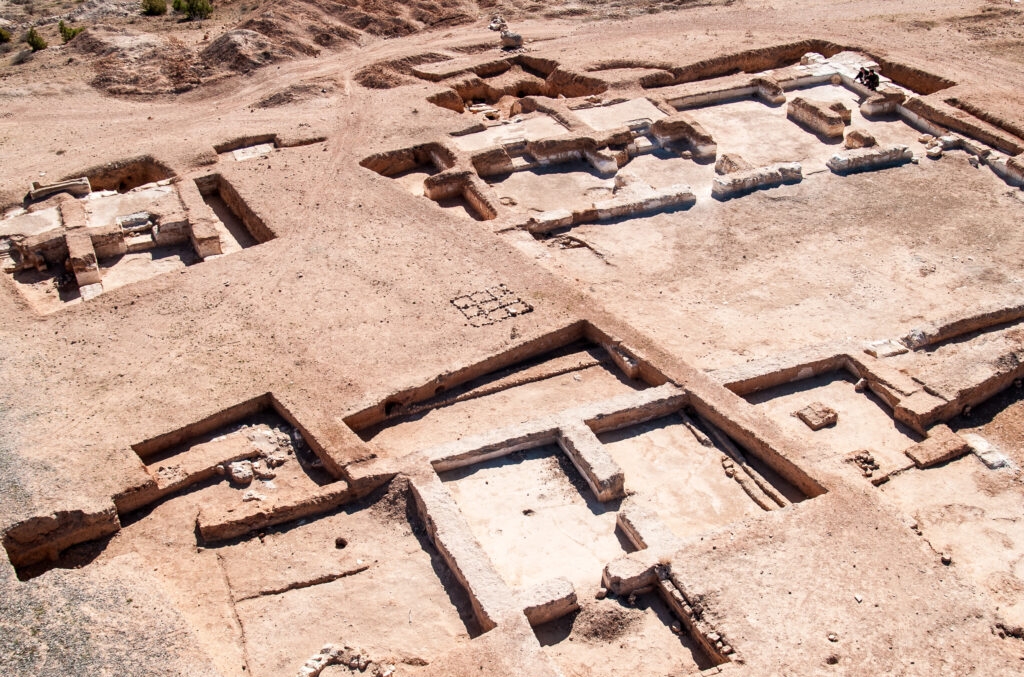
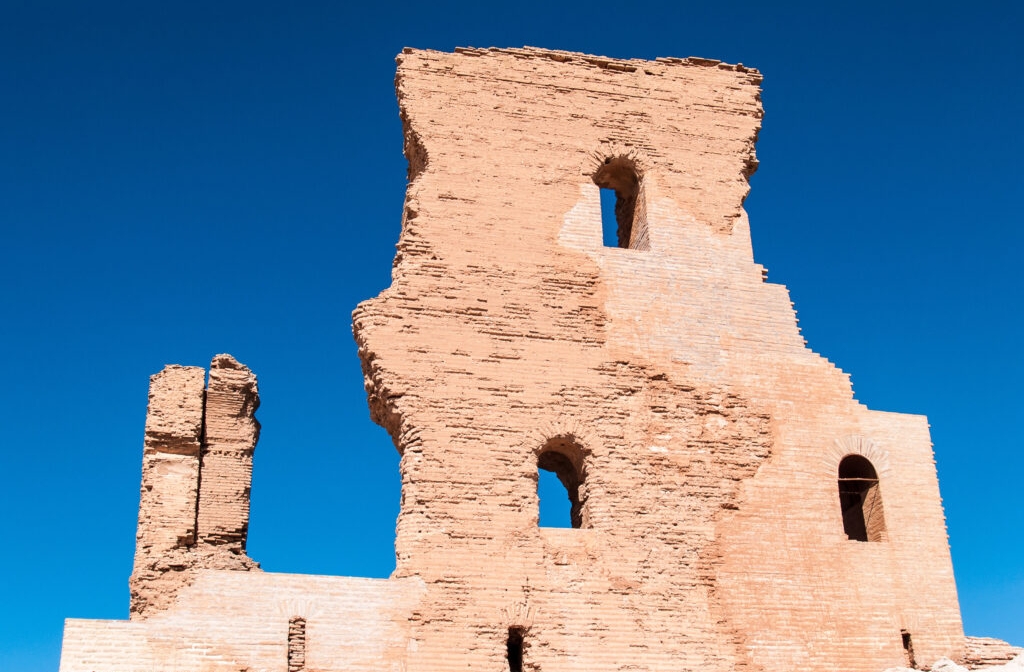
Meskaneh, also known as Maskanah, is a historically rich town located in the northern part of Syria. It is positioned strategically on the banks of the Euphrates River, which has historically made it a key location for trade and military control. Its roots date back to ancient times, with evidence of habitation that ties back to the Assyrian and Roman periods. The town’s strategic importance is derived from its proximity to the river, making it a vital crossing and trade hub in ancient times.
Visitors to Meskaneh can still witness remnants of its historical past, including ancient ruins and old fortifications that once served to protect the area from invasions. The town is also known for its traditional architecture, which reflects a blend of local and Islamic influences. While Meskaneh may not be as widely known as some other Syrian sites, it offers a unique glimpse into the daily lives of ancient communities along the Euphrates and their interaction with broader empires.
Sinkhar سنخار
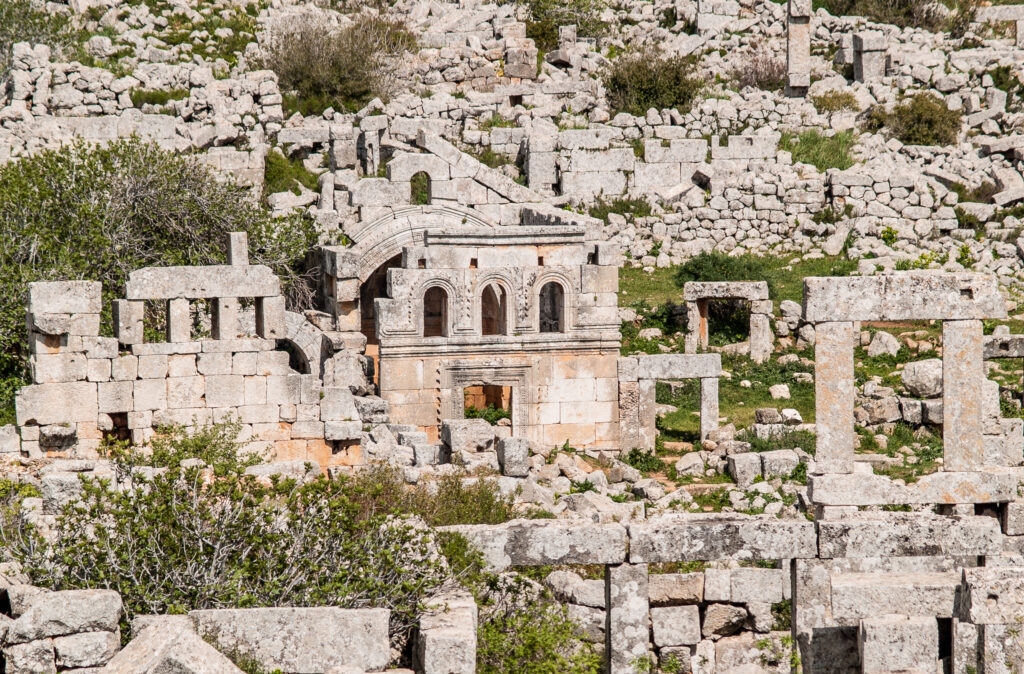
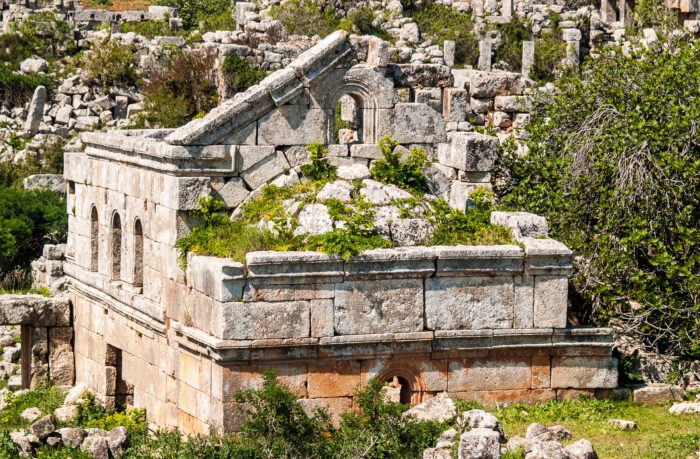
Sinkhar is a lesser-known village with deep historical significance in northern Syria. It is surrounded by fertile lands and has been a part of important agricultural regions since antiquity. Sinkhar’s history is connected to the broader developments in the region during the Roman and Byzantine periods, where it served as a rural settlement supporting larger urban centers nearby.
Though not heavily fortified or famous for grand monuments, Sinkhar holds archaeological interest due to the remnants of old farms, irrigation systems, and local structures that offer insight into rural life over centuries. For tourists interested in the less-explored aspects of Syria’s history—such as traditional rural communities and their sustainable agricultural practices—Sinkhar provides an authentic experience.
Kaluta كالوتا
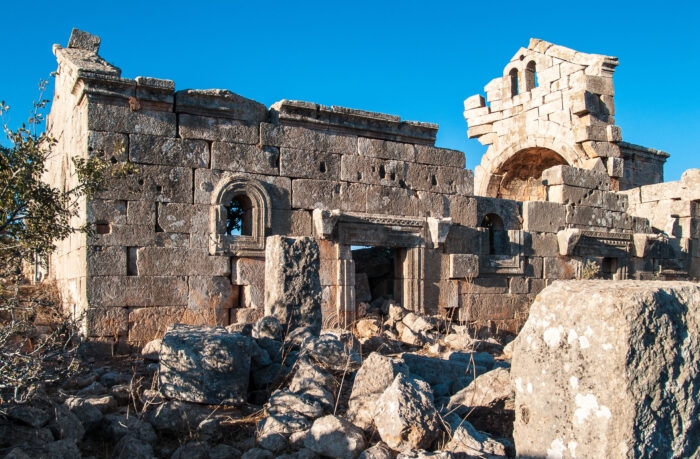
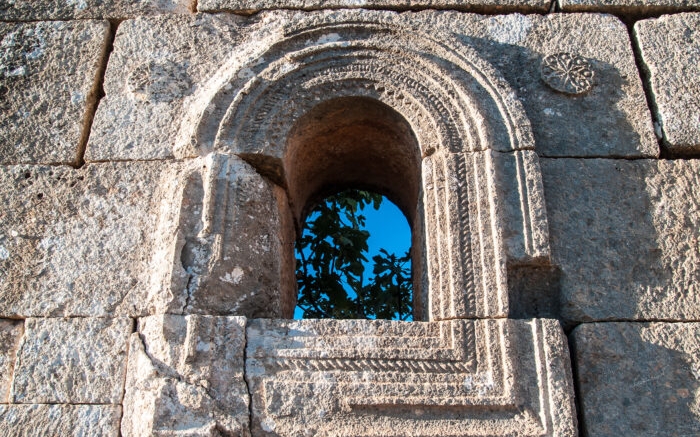
Kaluta is known mainly for its archaeological and historical significance connected to ancient fortresses. It is closely associated with the nearby Qalaat Kaluta, a fortress that once stood as a defensive stronghold in the region. The village itself sits near remains of old fortifications, and its name is often mentioned in historical texts concerning military campaigns and border defenses during the medieval Islamic and Crusader periods.
Visitors fascinated by military history and medieval architecture find Kaluta intriguing. Though the site today is more of a ruin than a restored monument, the strategic location offers panoramic views of the surrounding plains, highlighting why it was historically valuable for control and defense.
Serqaniya سرقانيا
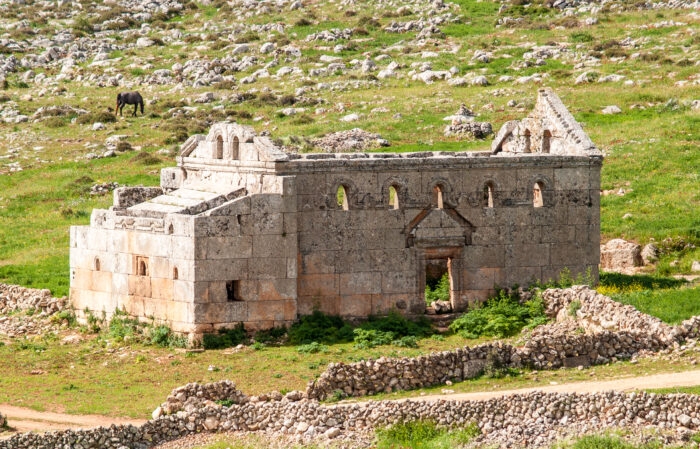
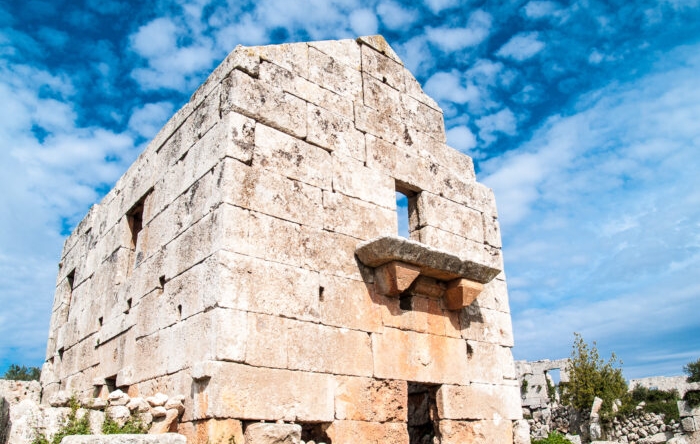
Serqaniya is a small but historically significant village that showcases the diverse cultural heritage of northern Syria. It has roots that trace back to Roman times and possibly earlier. Over centuries, Serqaniya has served as a center for local trade and agricultural production. The village features old mosques and traditional houses that reflect the architectural styles of various eras.
The surrounding landscape is dotted with ancient ruins, including mosaics and artifacts that point to its Roman and Byzantine heritage. For visitors, Serqaniya offers a peaceful glimpse into Syria’s rural history and an opportunity to explore traditional life amid remnants of its ancient past.
Burj Heidar برج حيدر
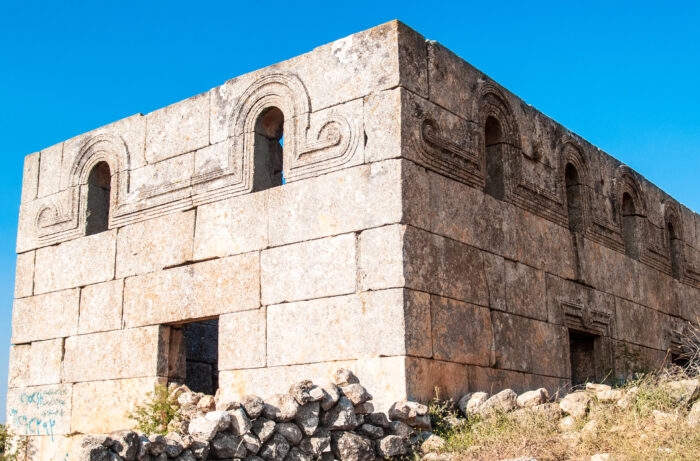
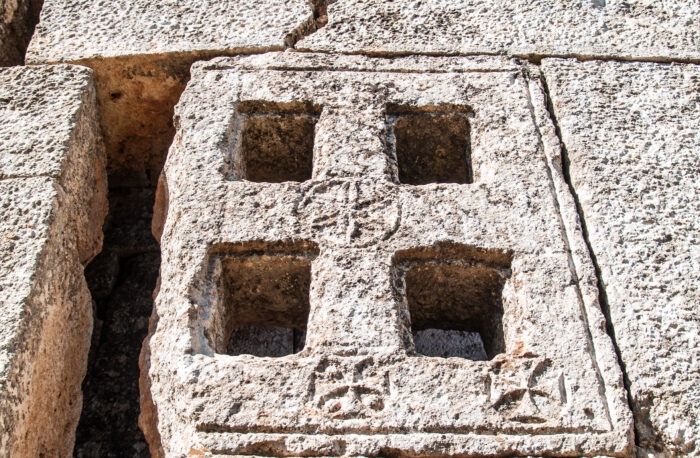
Burj Heidar is a village known for its prominent historical tower or “Burj,” which means tower in Arabic. This structure served as a watchtower or small fortress during the Ottoman period and possibly earlier Islamic periods. The tower played a critical role in monitoring caravan routes and protecting the village and its surroundings from bandits or hostile forces.
The village itself retains much of its traditional character, with stone houses and narrow streets. Visitors interested in Ottoman-era military architecture and local defense systems will find Burj Heidar an interesting stop. The surrounding landscape offers beautiful views and a connection to the rural lifestyles of northern Syria.
Kafr Lab كفر لاب
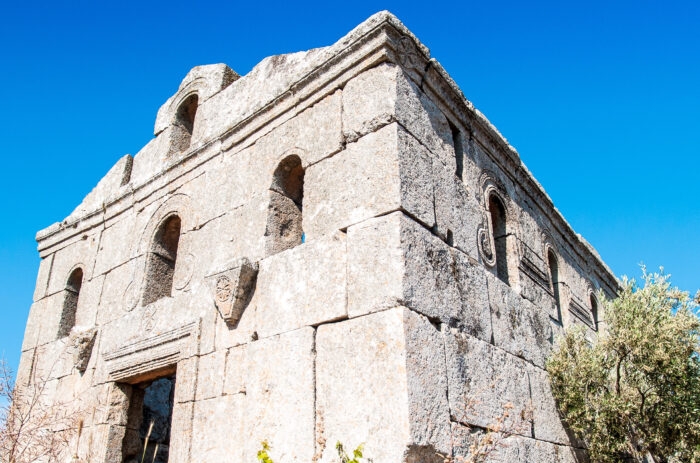
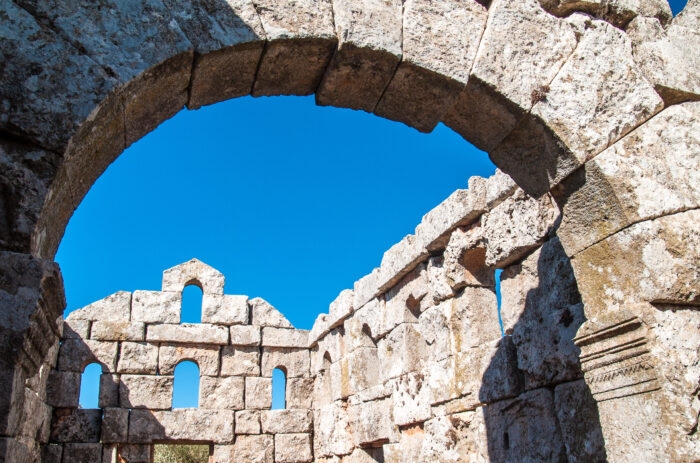
Kafr Lab is a village with a long history as an agricultural hub in northern Syria. It has been known for its fertile lands and its role in supporting larger towns in the region through farming and trade. The village itself is home to a few historical mosques and old communal buildings that reflect its Islamic heritage.
Though not a major tourist site, Kafr Lab is valuable for those interested in understanding the agricultural traditions that shaped the region’s economy and social structure. Visitors can explore the rural landscapes and traditional irrigation methods that have been used for centuries, adding depth to the historical narrative of northern Syria.
Fafertin فافرتين
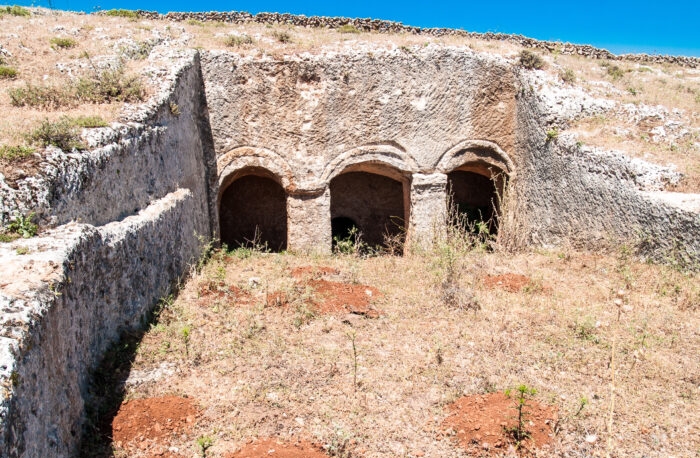
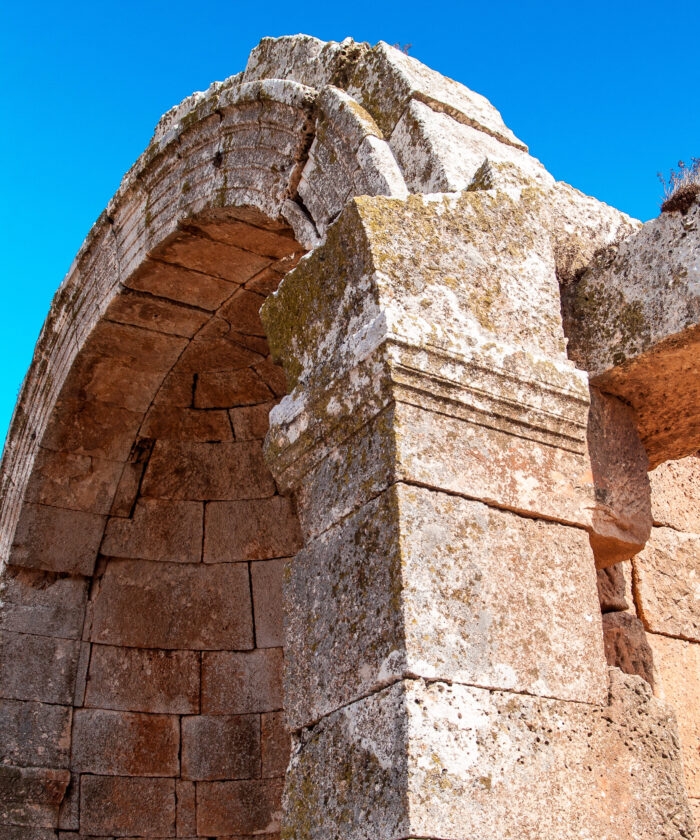
Fafertin is an ancient village that holds significant archaeological interest, primarily due to its old fortress ruins and traditional houses built on elevated terrain. This village was once a strategic location for local rulers to monitor trade routes and defend against invasions.
The fortress ruins at Fafertin are notable for their stonework and the insight they offer into medieval defensive strategies in the region. The village itself is picturesque, surrounded by olive groves and fields. For tourists, Fafertin combines natural beauty with historical intrigue, offering a quiet and contemplative visit away from busier tourist spots.
Basufan باصوفان
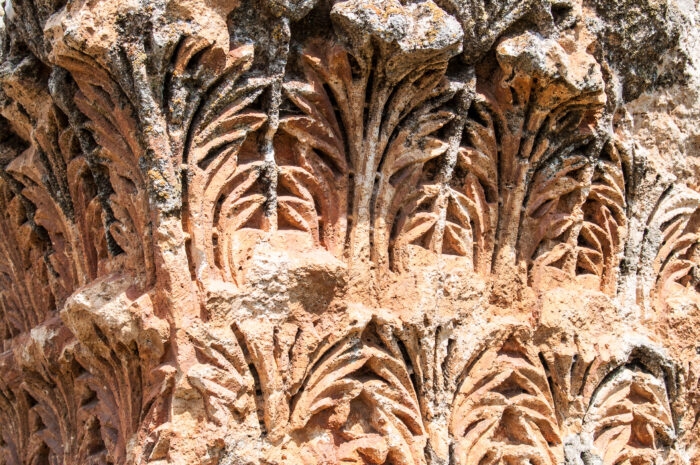
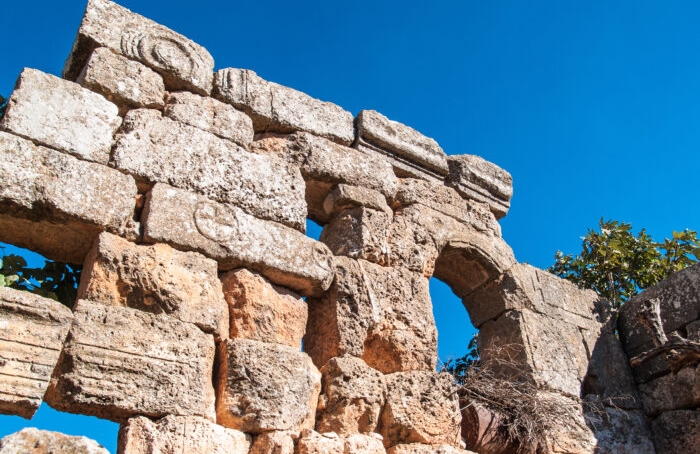
Basufan is a village known for its connection to Syria’s rich Islamic history. It features old mosques and religious schools, reflecting the village’s role as a local religious center over the centuries. Basufan has also been influenced by various empires and cultures, including the Umayyads, Abbasids, and Ottomans.
The architecture in Basufan reflects these layers of history, with old stone houses and religious buildings that show traditional craftsmanship. Visitors interested in religious history and Islamic architecture will appreciate the village’s serene atmosphere and its well-preserved heritage.
Wadi Martahun وادي مرتحون
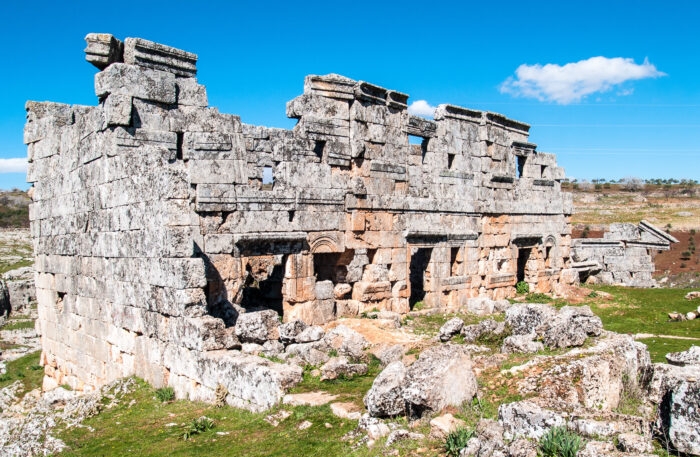
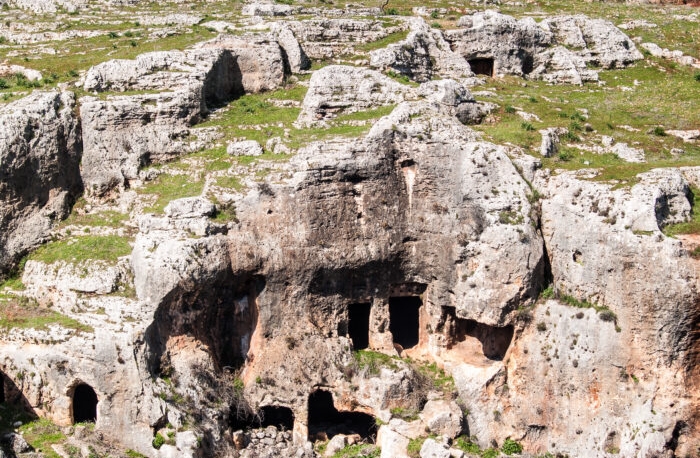
Wadi Martahun is not a village but a valley or “wadi” that is rich in natural beauty and archaeological significance. Valleys like Wadi Martahun have been vital in northern Syria for their water resources and fertile lands, supporting agriculture and settlement over millennia.
Archaeological sites within and around Wadi Martahun reveal traces of ancient settlements and burial grounds. The valley’s landscape, characterized by rolling hills and water streams, attracts visitors interested in nature and history alike. It is a great example of how geography has shaped human habitation in Syria.
al-Dana al-Janoubiyeh الدانا الجنوبية
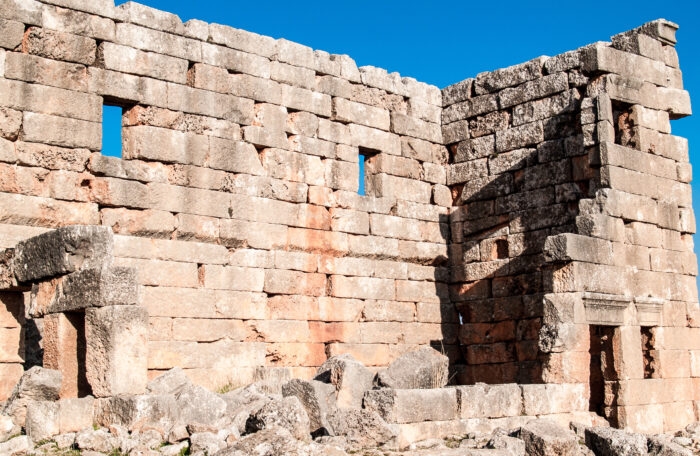
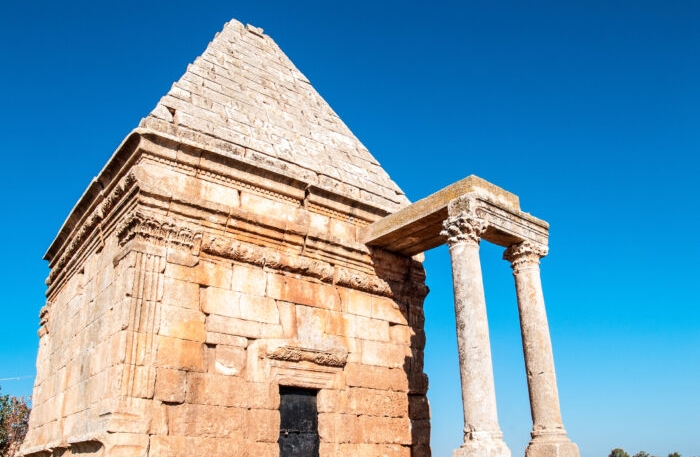
Al-Dana al-Janoubiyeh is part of the historic al-Dana area, which is famous for its ancient ruins and as a former caravan stop. The southern part, al-Janoubiyeh, contains ruins of old fortifications, traditional houses, and remnants of public baths and marketplaces.
The site reflects Syria’s role as a crossroads between empires and trade routes. For tourists, al-Dana al-Janoubiyeh offers a chance to explore well-preserved ruins that tell stories of commerce, culture, and everyday life in a once-thriving town.
al-Breij البريج
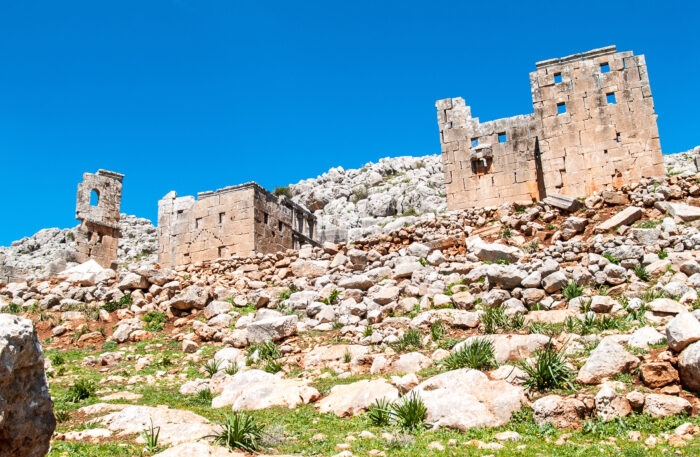
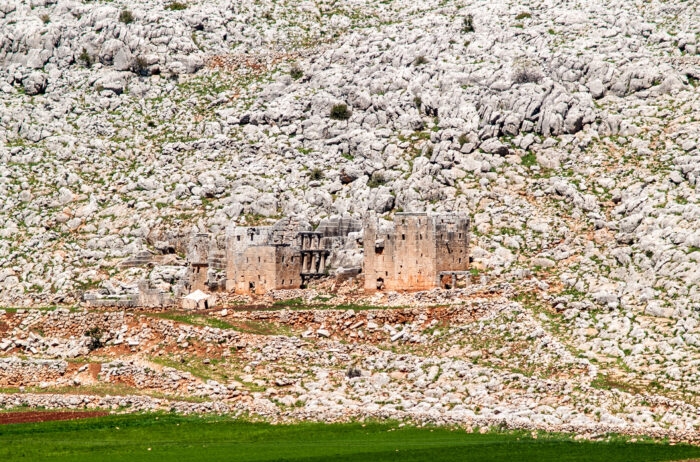
Al-Breij is a small village known for its agricultural heritage and historical structures. It contains remnants of old irrigation systems and stone buildings that speak to the traditional rural life in northern Syria.
Visitors who are interested in the agrarian aspects of Syrian history and the adaptation of local communities to their environment will find al-Breij a meaningful visit. The village offers a quiet setting for exploring the synergy between nature and human settlement.
al-Dana al-Shamaliyeh الدانا الشمالية
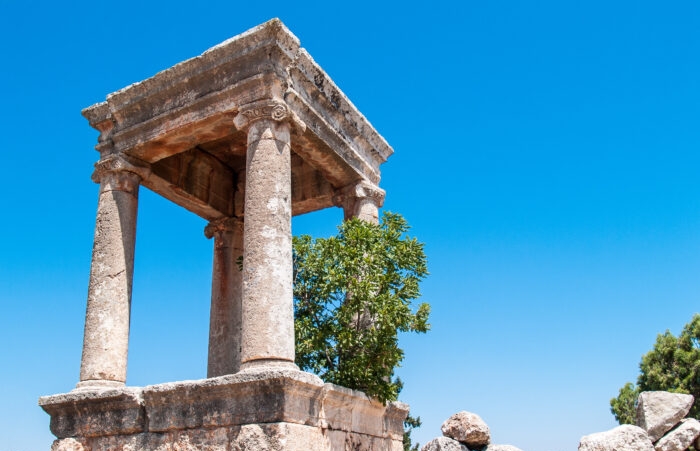
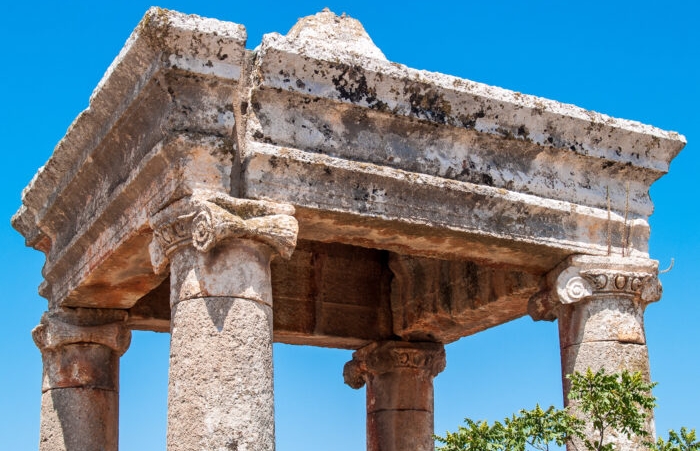
Al-Dana al-Shamaliyeh, the northern counterpart to al-Janoubiyeh, also boasts rich archaeological remains. This area has been a significant hub for local trade and agriculture throughout history. Its ruins include fortifications, ancient streets, and buildings that once served commercial and social functions.
Tourists visiting al-Dana al-Shamaliyeh can enjoy walking through the archaeological sites that paint a vivid picture of life in a bustling historical town. The blend of natural beauty and history makes it a noteworthy destination in northern Syria.
Syria Dead Cities | Finally..
The Syria Dead Cities remain one of the most hauntingly beautiful legacies of the ancient world — a landscape frozen in time. Walking among the stone ruins of the Syria Dead Cities, visitors can still sense the echoes of faith, community, and craftsmanship that once thrived here. Preserving the Syria Dead Cities is not just about protecting ruins; it’s about safeguarding the story of a civilization that shaped the heart of Syria. As silence lingers over the Syria Dead Cities, their stones continue to speak — telling timeless tales of resilience and devotion.
Finally.. If you have any questions, please contact us. To explore further, visit our Facebook Syria collection for rare images and cultural highlights.
Sources & References:
UNESCO – World Heritage Centre: https://whc.unesco.org
Archnet – Architecture & Heritage Database: https://www.archnet.org
World History Encyclopedia: https://www.worldhistory.org
Syrian Heritage Archive Project: https://syrian-heritage.org
Global Encyclopedia: Wikipedia



